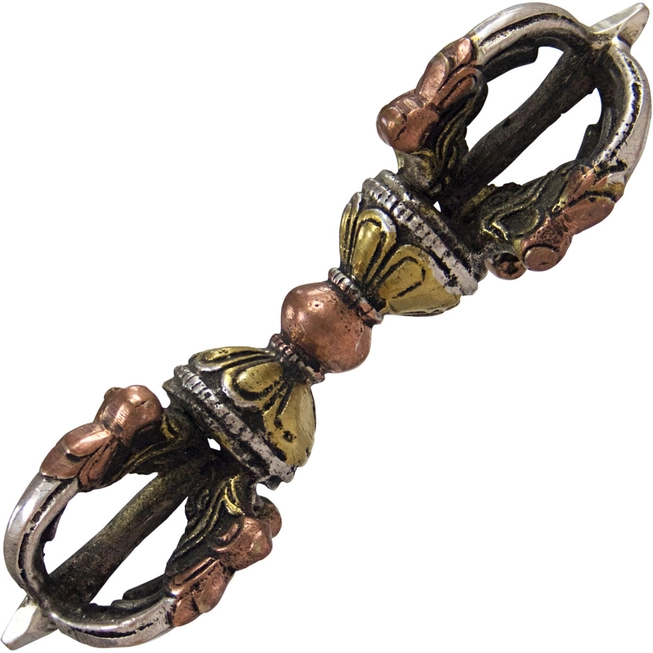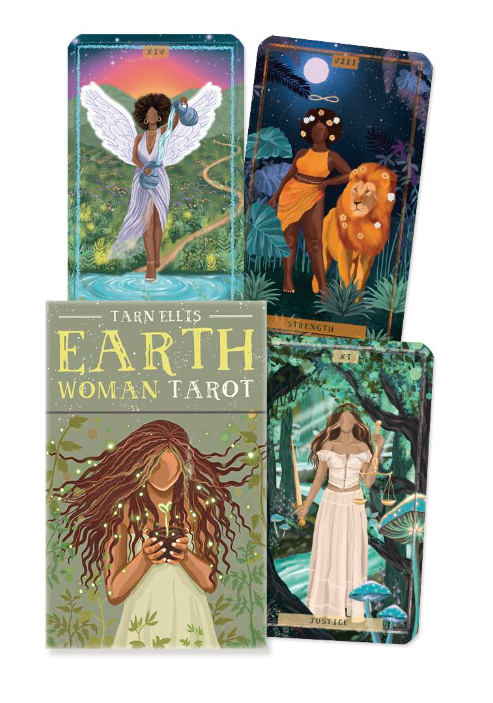
Double Dorje Brass & Copper
In Tibetan Buddhism, the Dorje or thunderbolt represents the male aspect of method and is used for the attainment of enlightenment. The Dorje should be held in the right hand. The shape of the Dorje symbolizes the two forms of truth, relative and absolute.
A dorje, commonly referred to as a vajra, is a significant ritual object in Tibetan Buddhism, serving various functions, including: In rituals: The dorje is utilized in Tibetan Buddhist ceremonies, typically paired with a bell. The practitioner holds the dorje in the right hand and the bell in the left, employing both in specific gestures. Together, they symbolize the dual aspects of Buddhist practice: method and wisdom, as well as intuition and compassion. - To clear space: The combination of a dorje and bell is employed to purify the environment prior to meditation or ritual activities. - To focus: Grasping a dorje while engaging in deep breathing exercises can aid in clearing the mind and sharpening focus on one's objectives. - To protect from evil: It is believed by some that a dorje serves as a safeguard against malevolent spirits. - To represent the Buddha's consciousness: The dorje embodies the unwavering and steadfast consciousness of the Buddha. - To represent the indestructible stone: The term dorje translates to "indestructible stone" in Tibetan. - To represent compassion: The dorje signifies the compassion that alleviates suffering. The prongs of the dorje are designed to resemble a four-faceted jewel, symbolizing Mount Meru, which is considered the center of both the external and internal realms. The symmetrical form of the dorje reflects the unity of relative and absolute truths.
Product: 4.25 inch




